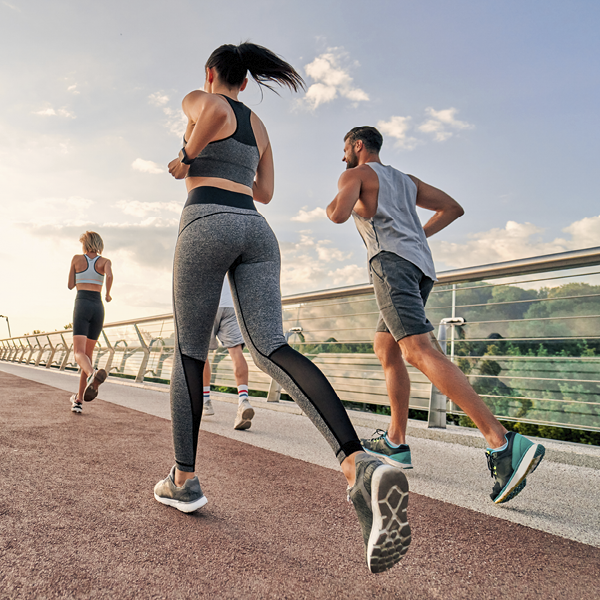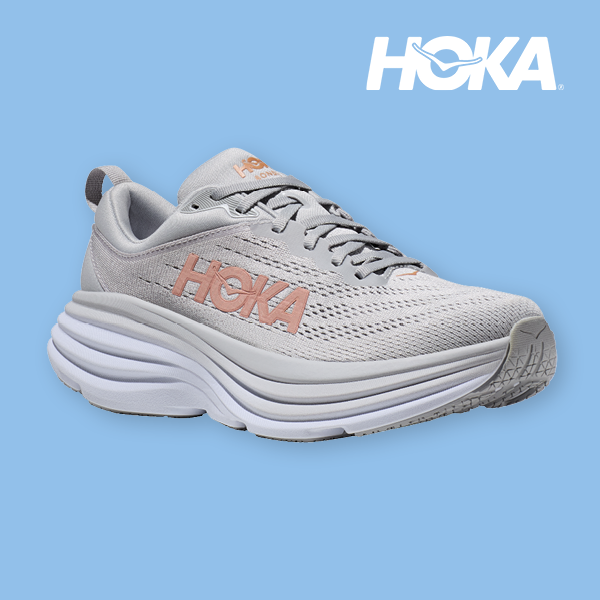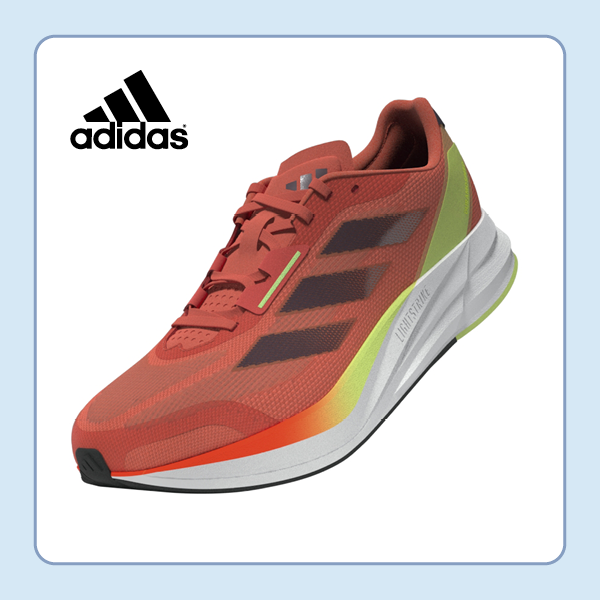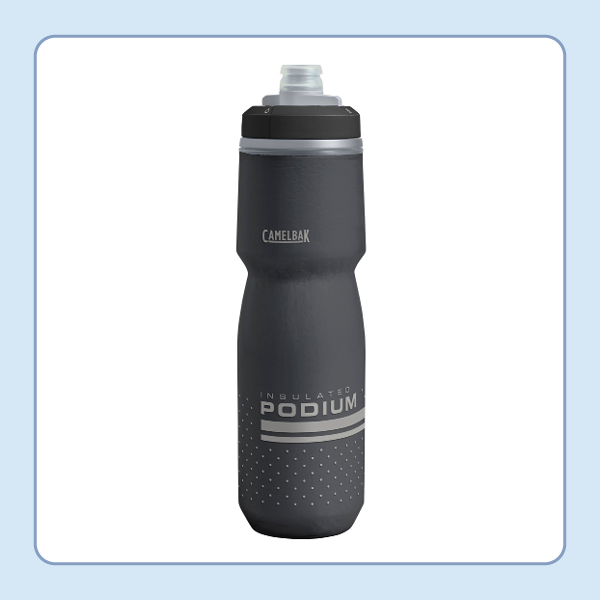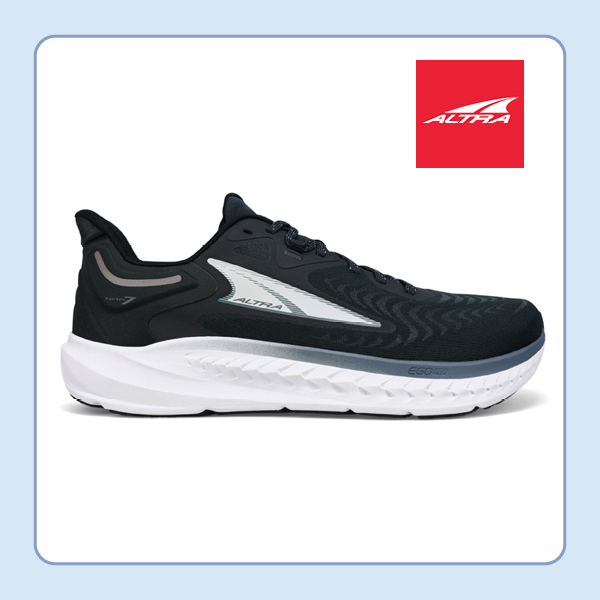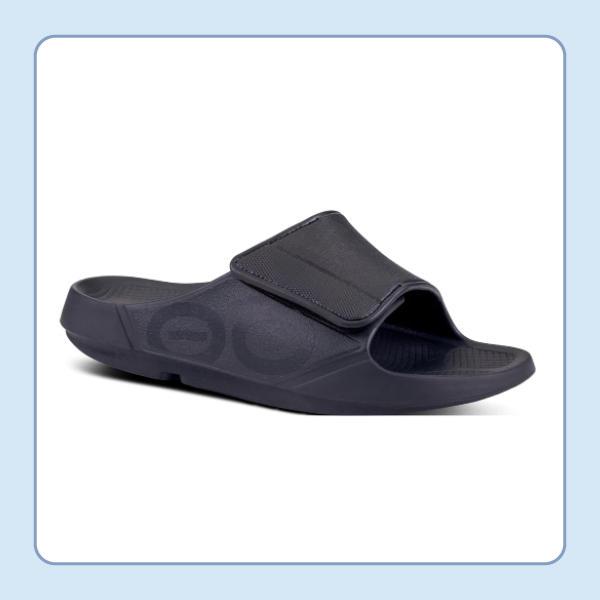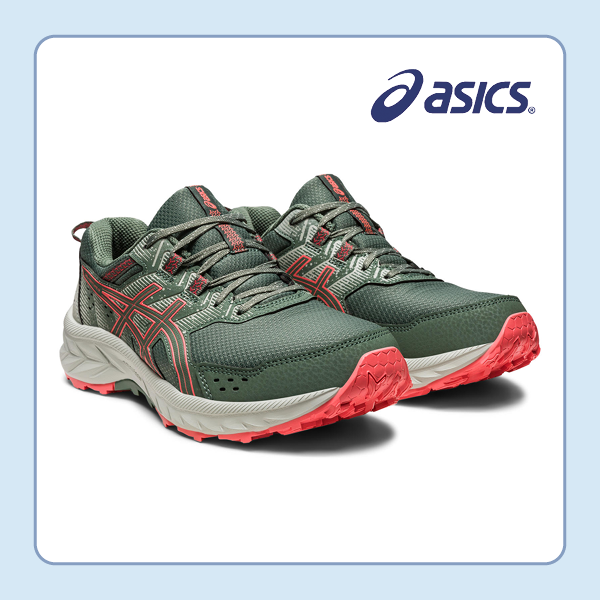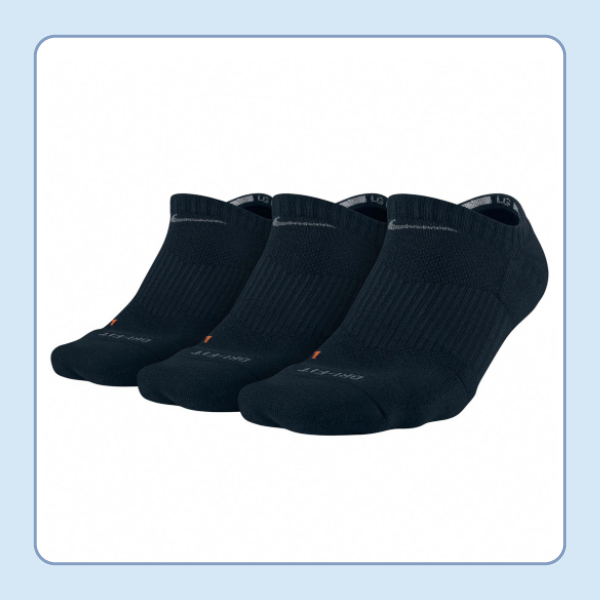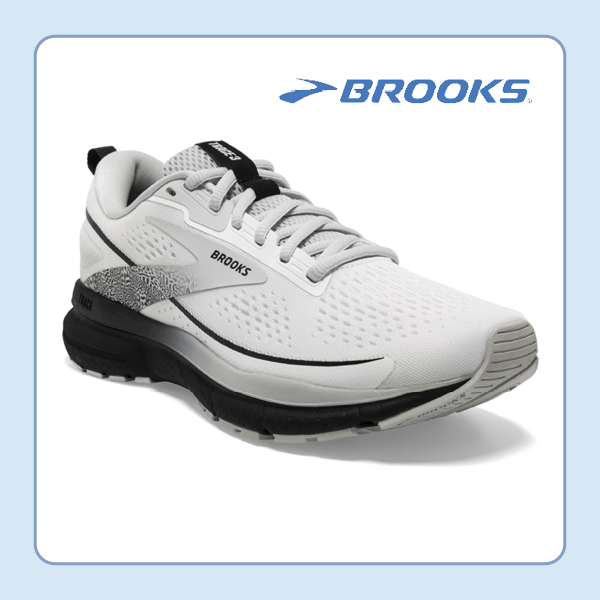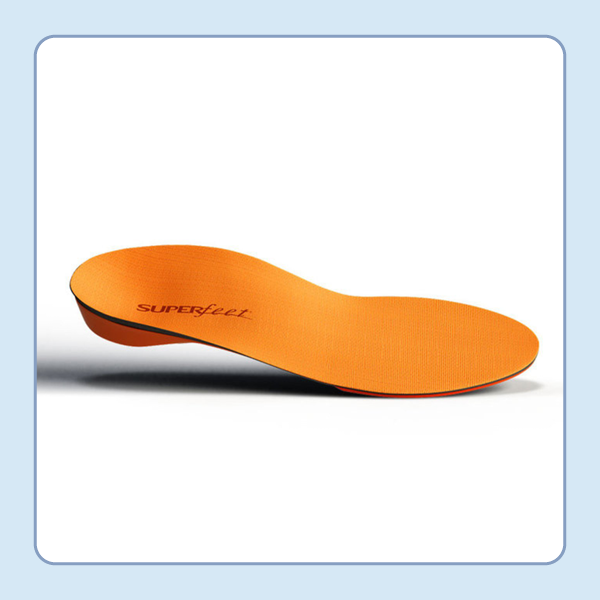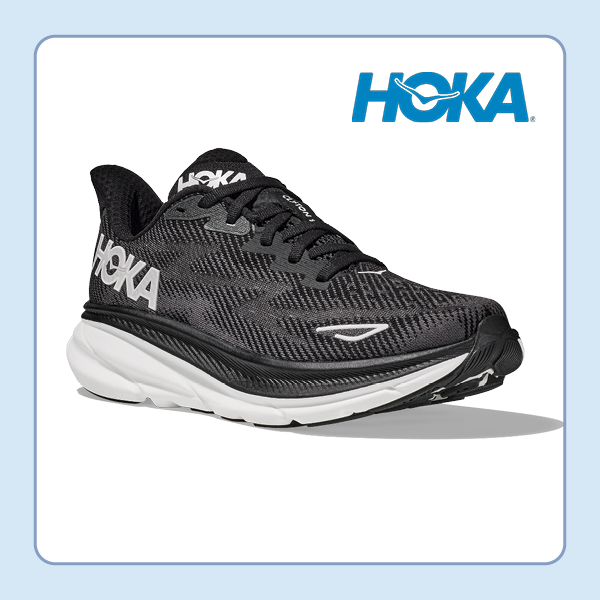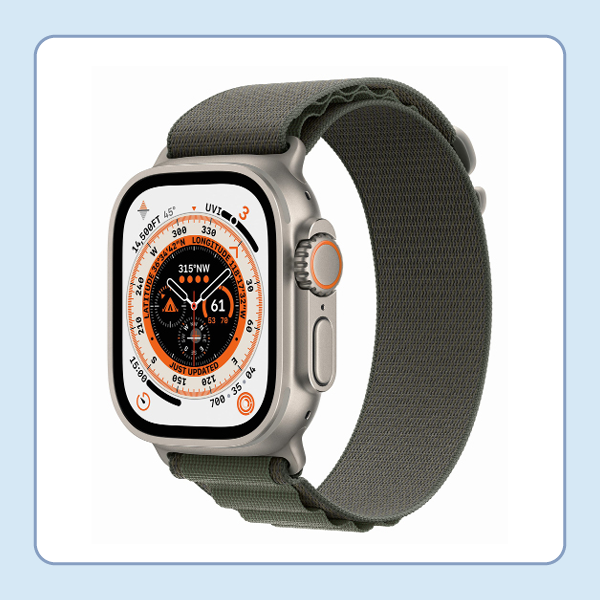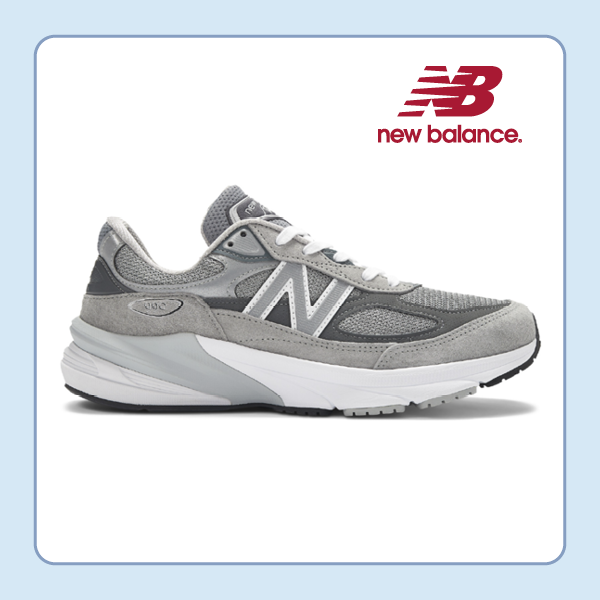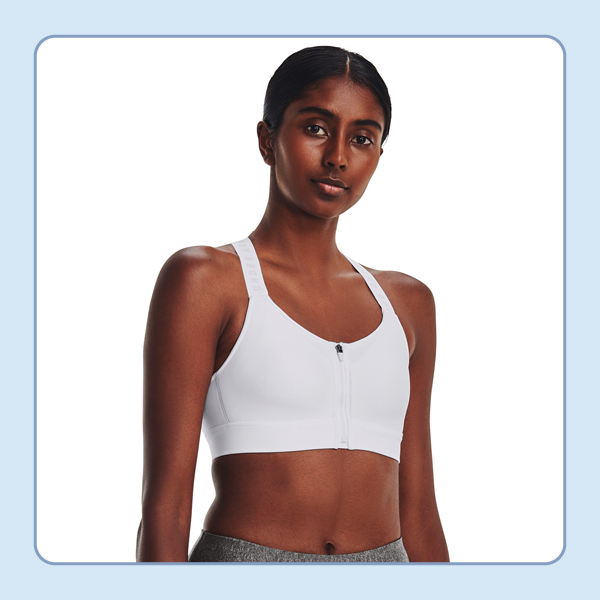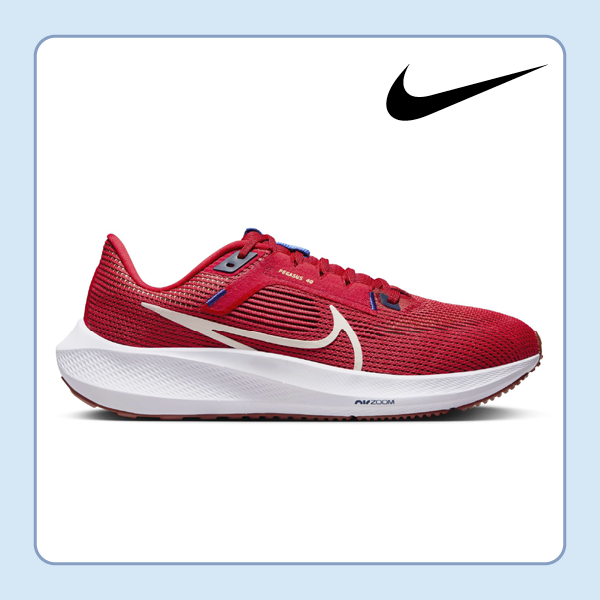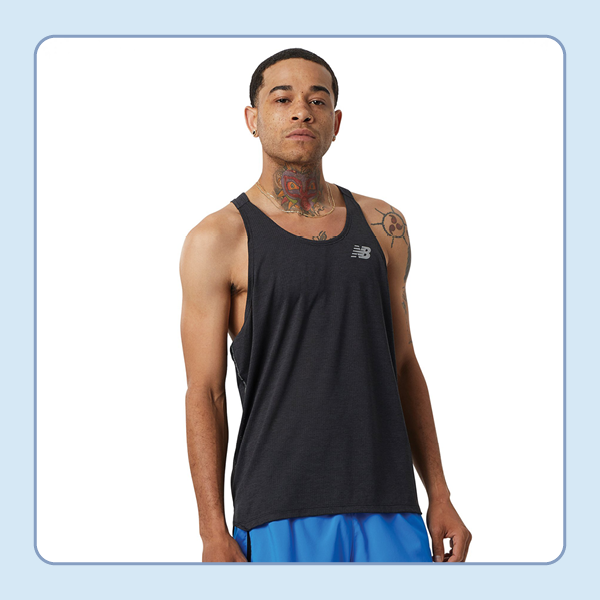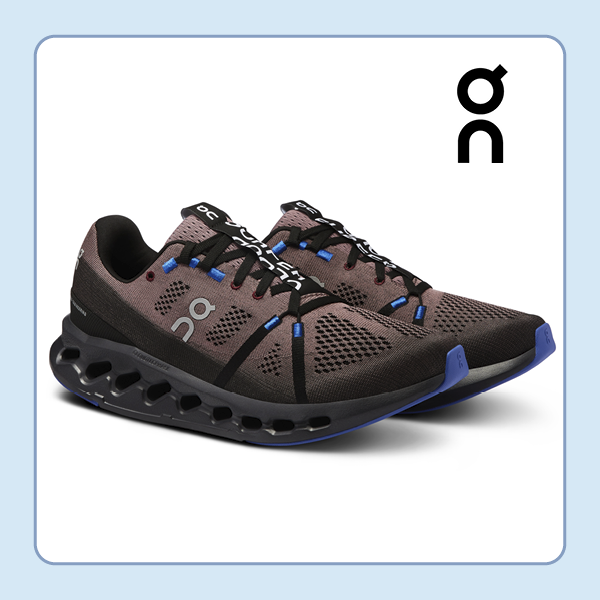
Basic or Neutral Pronation
Your foot rolls inward a typical amount and the pattern of wear is centralized to the ball of your foot and portion of your heels.






















 MAIN MENU
MAIN MENU
 MAIN MENU
MAIN MENU
 MAIN MENU
MAIN MENU
 MAIN MENU
MAIN MENU
 MAIN MENU
MAIN MENU
 MAIN MENU
MAIN MENU
 MAIN MENU
MAIN MENU
 MAIN MENU
MAIN MENU
 MAIN MENU
MAIN MENU
 MAIN MENU
MAIN MENU
 MAIN MENU
MAIN MENU
 MAIN MENU
MAIN MENU
 MAIN MENU
MAIN MENU
 MAIN MENU
MAIN MENU
 MAIN MENU
MAIN MENU
 MAIN MENU
MAIN MENU
 MAIN MENU
MAIN MENU
 Military
Military
 Military
Military
 Military
Military
 Military
Military
 Military
Military
 Military
Military
 Military
Military
 Military
Military
 Military
Military
 Men's
Men's
 Men's
Men's
 Men's
Men's
 Men's
Men's
 Men's
Men's
 Women's
Women's
 Women's
Women's
 Women's
Women's
 Women's
Women's
 Women's
Women's
 Women's
Women's
 Kids
Kids
 Kids
Kids
 Baby
Baby
 Baby
Baby
 Baby
Baby
 Accessories
Accessories
 Accessories
Accessories
 Accessories
Accessories
 Accessories
Accessories
 Accessories
Accessories
 Accessories
Accessories
 Accessories
Accessories
 Accessories
Accessories
 Shoes
Shoes
 Shoes
Shoes
 Shoes
Shoes
 Shoes
Shoes
 Shoes
Shoes
 Beauty & Personal Care
Beauty & Personal Care
 Beauty & Personal Care
Beauty & Personal Care
 Beauty & Personal Care
Beauty & Personal Care
 Beauty & Personal Care
Beauty & Personal Care
 Beauty & Personal Care
Beauty & Personal Care
 Beauty & Personal Care
Beauty & Personal Care
 Beauty & Personal Care
Beauty & Personal Care
 Beauty & Personal Care
Beauty & Personal Care
 Beauty & Personal Care
Beauty & Personal Care
 Electronics
Electronics
 Electronics
Electronics
 Electronics
Electronics
 Electronics
Electronics
 Electronics
Electronics
 Electronics
Electronics
 Electronics
Electronics
 Electronics
Electronics
 Electronics
Electronics
 Electronics
Electronics
 Everyday Home
Everyday Home
 Everyday Home
Everyday Home
 Everyday Home
Everyday Home
 Everyday Home
Everyday Home
 Everyday Home
Everyday Home
 Everyday Home
Everyday Home
 Everyday Home
Everyday Home
 Everyday Home
Everyday Home
 Everyday Home
Everyday Home
 Everyday Home
Everyday Home
 Everyday Home
Everyday Home
 Furniture
Furniture
 Furniture
Furniture
 Furniture
Furniture
 Furniture
Furniture
 Furniture
Furniture
 Furniture
Furniture
 Furniture
Furniture
 Outdoor Home
Outdoor Home
 Outdoor Home
Outdoor Home
 Outdoor Home
Outdoor Home
 Outdoor Home
Outdoor Home
 Outdoor Home
Outdoor Home
 Sports, Fitness & Outdoors
Sports, Fitness & Outdoors
 Sports, Fitness & Outdoors
Sports, Fitness & Outdoors
 Sports, Fitness & Outdoors
Sports, Fitness & Outdoors
 Sports, Fitness & Outdoors
Sports, Fitness & Outdoors
 Sports, Fitness & Outdoors
Sports, Fitness & Outdoors
 Sports, Fitness & Outdoors
Sports, Fitness & Outdoors
 Office & School Supplies
Office & School Supplies
 Office & School Supplies
Office & School Supplies
 Office & School Supplies
Office & School Supplies
 Office & School Supplies
Office & School Supplies
 Office & School Supplies
Office & School Supplies
 Office & School Supplies
Office & School Supplies
 Office & School Supplies
Office & School Supplies
 Office & School Supplies
Office & School Supplies
 Office & School Supplies
Office & School Supplies
 Office & School Supplies
Office & School Supplies
 Office & School Supplies
Office & School Supplies
 Office & School Supplies
Office & School Supplies
 Office & School Supplies
Office & School Supplies
 Luggage & Travel
Luggage & Travel
 Luggage & Travel
Luggage & Travel
 Luggage & Travel
Luggage & Travel
 Luggage & Travel
Luggage & Travel
 Luggage & Travel
Luggage & Travel
 Luggage & Travel
Luggage & Travel
 Luggage & Travel
Luggage & Travel
 Luggage & Travel
Luggage & Travel
 Luggage & Travel
Luggage & Travel
 Luggage & Travel
Luggage & Travel
 Household Essentials
Household Essentials
 Household Essentials
Household Essentials
 Household Essentials
Household Essentials
 Household Essentials
Household Essentials
 Household Essentials
Household Essentials
 Household Essentials
Household Essentials
 Household Essentials
Household Essentials
 Health & Wellness
Health & Wellness
 Health & Wellness
Health & Wellness
 Health & Wellness
Health & Wellness
 Health & Wellness
Health & Wellness
 Health & Wellness
Health & Wellness
 Health & Wellness
Health & Wellness
 Health & Wellness
Health & Wellness
 Health & Wellness
Health & Wellness
 Health & Wellness
Health & Wellness
 Health & Wellness
Health & Wellness
 Health & Wellness
Health & Wellness
 Health & Wellness
Health & Wellness
 Health & Wellness
Health & Wellness
 General Hardware
General Hardware
 General Hardware
General Hardware
 General Hardware
General Hardware
 General Hardware
General Hardware
 General Hardware
General Hardware
 General Hardware
General Hardware
 Food, Snacks & Candy
Food, Snacks & Candy
 Food, Snacks & Candy
Food, Snacks & Candy
 Food, Snacks & Candy
Food, Snacks & Candy
 Food, Snacks & Candy
Food, Snacks & Candy
 Food, Snacks & Candy
Food, Snacks & Candy
 Food, Snacks & Candy
Food, Snacks & Candy


Find the running shoes that are best fit for you with our helpful guide!
Are you walking, running a 5K, or competing in a marathon? The mileage you plan to put on your shoes makes a difference in which ones you pick. Make sure to choose shoes that can help you accomplish your goals.
Trail, treadmill, or road running? Different terrains require different shoes for optimum performance.
How were your last pair of running shoes? Did they work well for you? If so, that’s a good place to start. If not, you know what not to look for in your new pair.
Maximum: Thick padding for the ultimate plush feel
Moderate: Balanced between pillow soft comfort and thin cushion
Minimal: Thin cushioning for those who want to feel connected to the ground
Barefoot: Closest feel to being barefoot with very little between your foot and the ground
There are three types of pronation: basic, overpronation, and supination. Check out our section below to figure out your pronation.
Running shoes should be comfortable from the start—you shouldn’t need to break them in. Measure your feet, try on both shoes with your running socks, and aim for a thumbnail of space between your toes and the end of the shoe to account for natural swelling.

Your foot rolls inward a typical amount and the pattern of wear is centralized to the ball of your foot and portion of your heels.

Your foot tends to roll in too much and the pattern of wear is concentrated along the inside edge of the shoe.

Your foot tends to roll outward excessively and the pattern of wear is concentrated along the outside edge of the shoe.
These are best for runners with a neutral pronation or supination because they contain more cushioning in the heel and tend to feature softer mid soles support. Neutral shoes typically don’t have motion control features such as “medial posts” that reinforce the arch side of each midsole.
These help to control pronation and are good for runners who have mild to moderate overpronation. The shoe tends to have firmer cushioning than a neutral shoe to help correct your gait. It creates more stability but also makes the shoe heavier.
Trail running shoes are designed to provide more traction in the mud and snow, protection from roots and rocks, and help you power up steep inclines when running on more rugged terrain and slippery surfaces.
Shop NowNow it's time to shop! Hit the ground running with our all-star lineup of products. And don't forget to use what you learned above to help you choose the best running shoes for your support needs.
